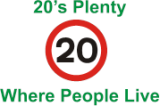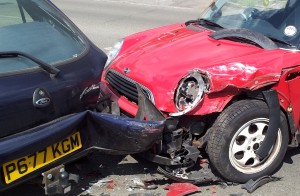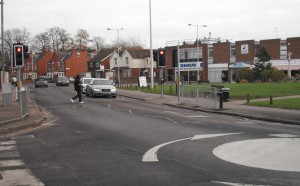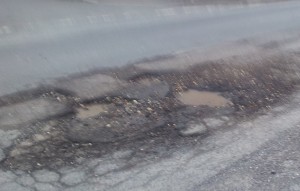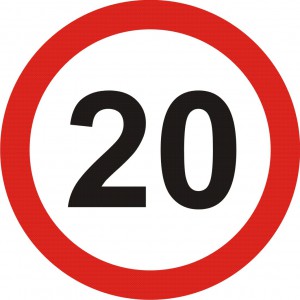Yesterday evening I heard yet again the same old story from Labour councillors about the need for 20mph limits in one particular estate in Reading. They do keep popping up with the same idea, namely that we can create a patchwork of 20mph areas across Reading, but they absolutely refuse to take the bull by the horns and implement 20mph limits on ALL residential roads in Reading. Do they really think that a patchwork of some 20mph alongside some 30mph zones makes much sense? Drivers need to know and understand traffic regulations and zipping between 20mph and 30mph zones does not make it easy for the driver to know which zone he is driving in.
What is so wrong with doing a big promotion across the town, engaging with residents (in a referendum, if necessary, next May) and going for 20mph limits across ALL residential roads in Reading. Why is it good for Dee Road Estate all of a sudden but not for Elvaston Way (where we asked for a 20mph zone six or seven years ago).
There is no logic to a piecemeal approach when almost everywhere you ask people they all want 20mph zones by a large majority.
Wake up Cllr Tony Page, smell the coffee, and move to implement 20mph along all residential roads across the whole town.
20 is Plenty for all of us! Visit the website at www.20splentyforus.org.uk

